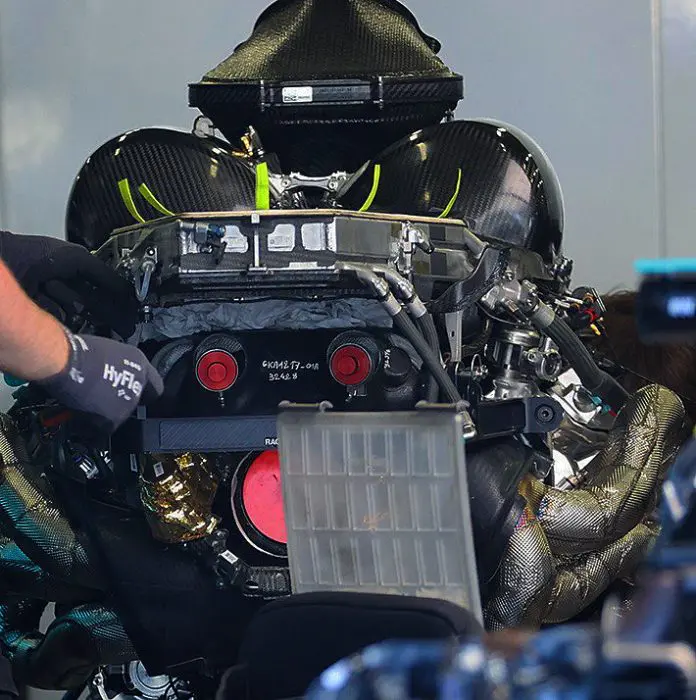The F1 world championship is a microcosm that contains infinite stories that are written, grow and change from race to race. Of these, without any doubt, the most interesting is the one that tells of the dualism between Red Bull and Mercedes and the rivalry between Max Verstappen and Lewis Hamilton. We are talking about the protagonists of a very tense season that few would have foreseen before the enormous technical potential of the RB16B began to be glimpsed in the winter tests, the weapon with which the Dutch driver is trying to take down the Anglo-German battleship.
Milton Keynes, within twelve months, seems to have overtaken the opponent. And it has done so in several areas. Starting with the strategic management of the races, a sector in which it is performing better than a bungler Mercedes and on average unable to manage the pressure wave from which it was hit, perhaps by surprise (click here for in-depth analysis). But this is not the only aspect that can explain the performance spurt of the “soft drinkers“. There is more, much more.
The challenge between the two F1 giants is played, of course, above all on the technical aspect. The RB16B and the W12 are children of two different conceptual philosophies, in some ways opposite. James Allison‘s creature is developed on the principle of a flatter car, with a little pronounced rake. This feature rewards the W12 in high-speed travel turnes. Also thanks to a very long wheelbase.
On Red Bull, the technicians led by Adrian Newey have definitely invested in the philosophy that provides that the angle that the diffuser creates with the asphalt is more pronounced. This peculiarity adds up to a much shorter wheelbase than the Anglo-German rival. Factors that enhance some specific characteristics: handling and mechanical traction. Elements that have made the car easier to adapt to the various types of track encountered so far.
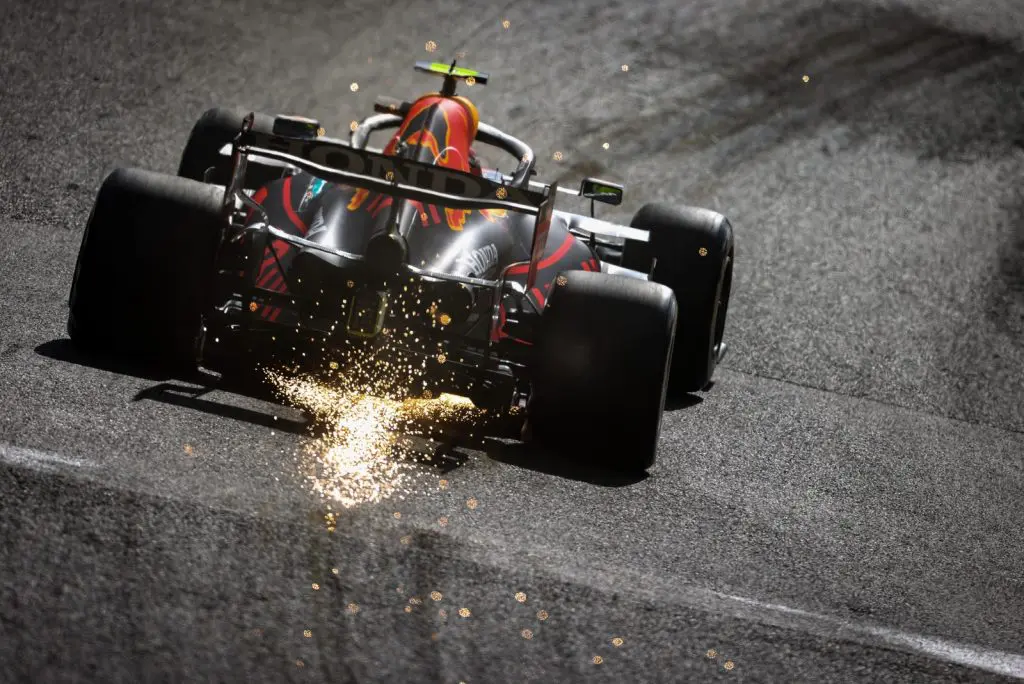
The most tangible advantage that the Red Bull has over the Mercedes lies in the ability of the former to generate a large vertical thrust with the bottom of the car. The downforce produced with the wings naturally plays a role in the overall economy of the car, but it is by no means efficient. The one generated with the bottom and with the diffuser “costs” less in points of resistance to advancement. This explains why Milton Keynes’s car, with the same generated load, can adopt a decidedly more discharged rear configuration than the W12.
Factor, of course, that helps not a little to raise top speeds in straight sections. A difference, even strictly visual, which was very evident at Spa Francorchamps, when the RB16B seemed to have a wing almost parallel to the ground. Aware of this evidence, the Mercedes engineers did not sit idle and, despite Toto Wolff‘s continuing statements on a substantial abandonment of the 2021 project in favor of next year’s, they developed the car with an evolutionary package, presented at Silverstone, which seems to have solved some problems that plagued it since the beginning of the year. The technicians basically worked on the central part of the car.
First of all, the area covered by the louvres has been increased. In addition, a horizontal flap appeared in the final part of the bridge flow deflector. Important changes have also been made to the flat bottom. It immediately catches the eye how the solution with the wavy edge that had so much been talked about during the pre-season tests has disappeared, leaving room for a decidedly more conventional version that recalls, with the due distinctions children of a changed regulation, the solutions adopted on the dominant W11.
All the changes made on black arrow were first designed and then made to work in unison. The W12 had shown a management that was not as effective as that of the RB16B in keeping the lateral vortex produced by the car energized and controlled. We are obviously talking about the Y250, redirected by the bargeboards and then treated by the appendages at the edge of the bottom. In this sense, the will of Brackely‘s aerodynamic experts was to seal this area more to make the aforementioned fundamental vortex more energetic.
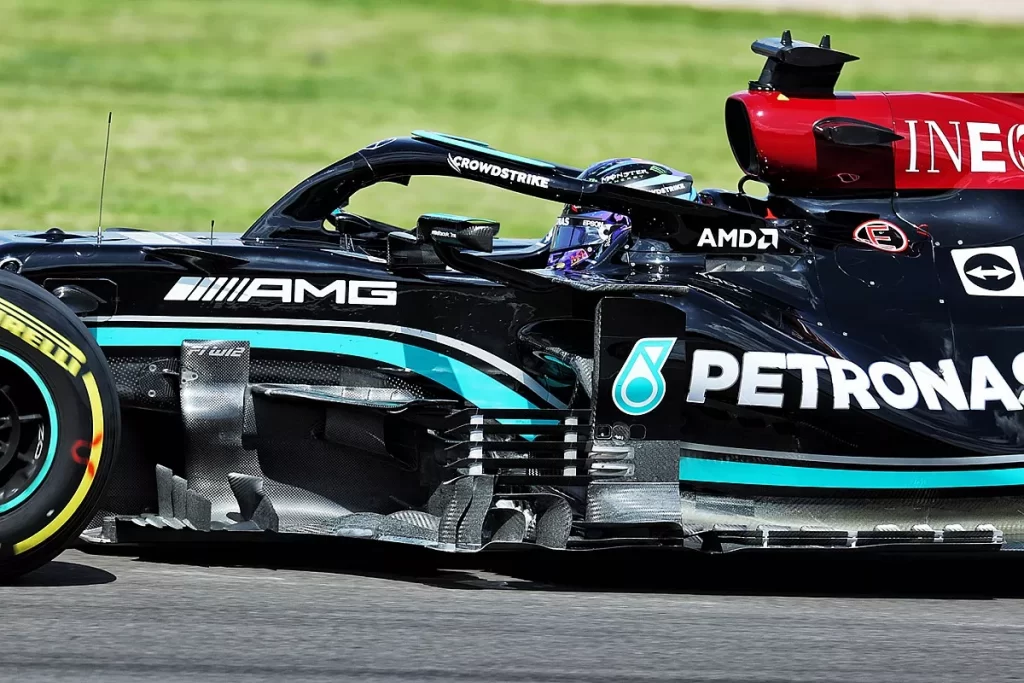
However, to avoid the burst effect that would risk breaking it due to the disturbances that propagate inside, a micro-aerodynamic work was carried out to control it. For this simple reason, part of the “Silverstone Package” corresponds to small appendices added in the most crucial areas (further details at this link).
Of course, Red Bull did not remain at the version seen during the pre-season tests. Adrian Newey is a technician who has made reading skills during construction one of the main professional virtues. Here the RB16B has been updated with various micro-aerodynamic innovations that have made it possible to adapt it to the different layouts of the tracks and to maintain a small, but constant, technical advantage over theMercedes. A non-stop work that has invested the flow deflectors and the stepped bottom (read here) and the diffuser which has been entrusted with the task of increasingly energizing the outgoing flow (link to learn more).
Constant updates which, in England, to respond to the package introduced by AMG, saw a further step forward with the further sealing of the bottom of the RB16B. The update in question was intended to push a certain fluid mass towards the rear tire in order to better seal the bottom. In this way, Milton Keynes specialists have managed to limit the entry of slower lateral flows and consequently implement the vertical thrust generated by the bottom (read here).
Newey’s design “restlessness” led to another small improvement to an already almost perfect car introduced in the victorious Dutch GP. Once again it was the stepped bottom that was the object of the attention of the team of English engineers, as can be read in the in-depth study at this link.
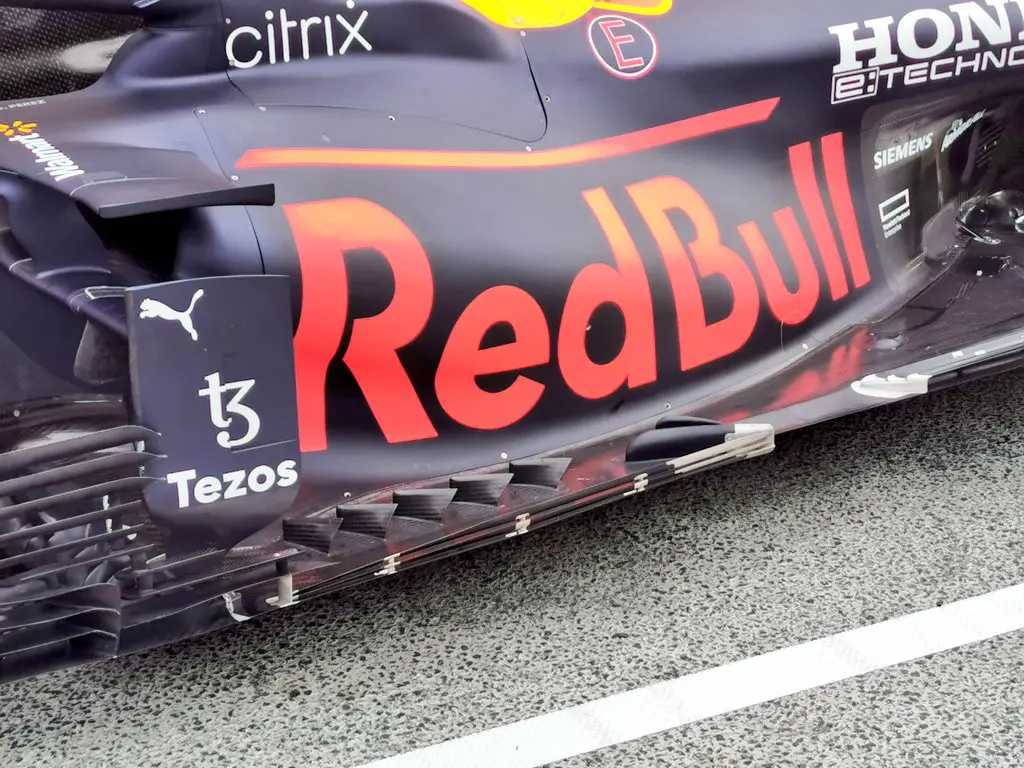
From the above elements it is clear that the two teams faced each other, no holds barred, in a context of generic technical hibernation, of a budget cap that mortifies the impetus of inspiration and with the need to anticipate the work on the cars that will usher in the new era. of F1. A war of brains that has also affected the beating heart of a single-seater: the power unit.
The duel between Honda and Mercedes has the taste of an escalation. At the beginning of the year, the power unit produced in the Brixworth plants seemed to be ahead. But they worked hard at Sakura and, in France, an upgrade arrived that put, it must be said, wings on the RB16B. AMG, felt the blow, reacted point by point to the Japanese offensive, unlocking a good amount of power between Silverstone and Hungary. But what are the foundations of the two power units, what are the distinctive features of each of the two V6 turbo-hybrids?
Let’s start with the Japanese challengers. The RA620H, this is the name of Sakura‘s engine, has undergone significant changes compared to the 2020 model to take it to un upper level. The first tangible change is given by the overall dimensions of the V6: the power unit has been miniaturized thanks to the interventions carried out on the cylinder head.
The camshaft has been made smaller and lowered to shorten the distance between the cylinders and change the angle of the valves. The aim was to change the shape of the combustion chamber, thus reducing the overall dimensions of the engine and at the same time lowering its center of gravity.
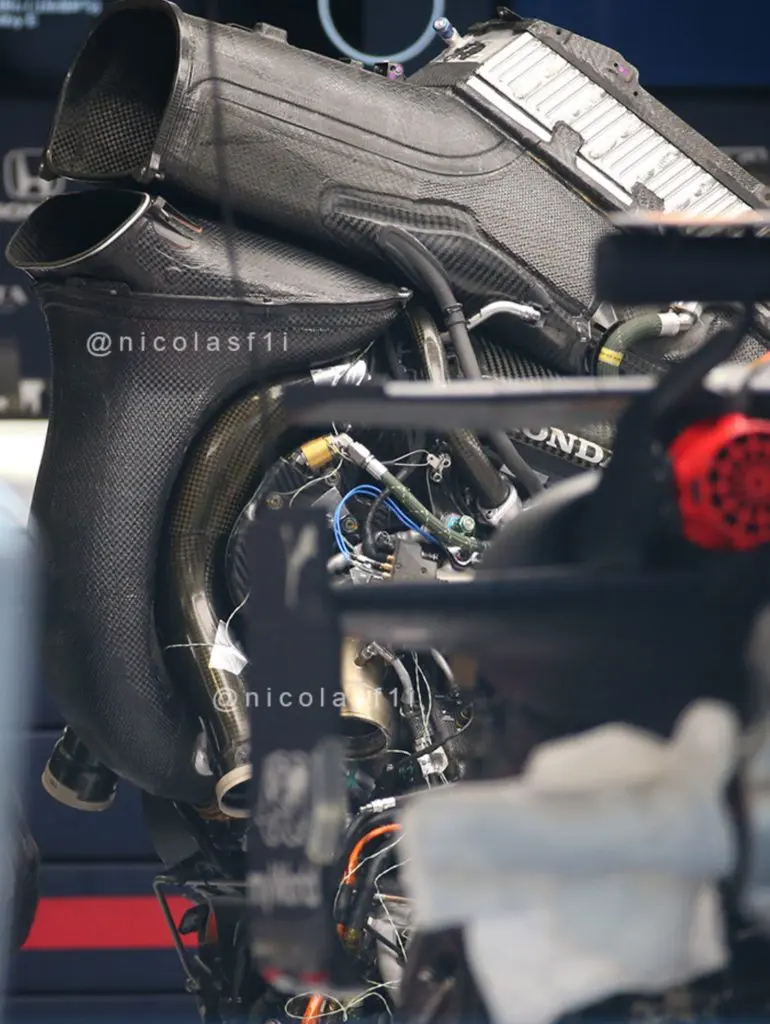
Work was also done on materials. For the monobloc, new metal alloys have been introduced which have further reduced the space between the cylinders. Honda wanted – with success – to create a very compact package to increase power and usability at different speeds at the same time.
But that’s not all. The turbine and compressor have also been subject to a conceptual review to try to enhance the working of the MGU-H, which is the system that converts the heat of the exhaust gases into electricity. Furthermore, in order to increase the reliability of the internal combustion engine, Honda has begun to use the plating on the cylinder block.
Let’s move on to the rivals. In Mercedes, the work focused on the remodeling of the conformation of the plenum chamber, that area in which the pressure wave collides inside the manifold following the closure of the intake valve and which subsequently bounces back towards the combustion chamber .
In the intentions of the engineers led by Hywel Thomas, the new plenum chamber of the German F1 was to be the expedient that would guarantee greater efficiency to the engine. But something, in the first phase of the championship, did not go as they expected at Brixworth. Observing the on board of the W12, since Bahrain, it was noticed an anomalous behavior of the engine on the straights.
Basically, the V6 went into clipping. In Brixworth they worked on this and apparently solved the puzzle. Also thanks to the cooling. Mercedes AMG F1 could cool the plenum at certain stages to have more power available. It is believed that super-cooled coolant flows into the walls of the Mercedes engine, making the air inside even cooler. The colder the air, the higher the oxygen content and the more explosive the mixture will be.
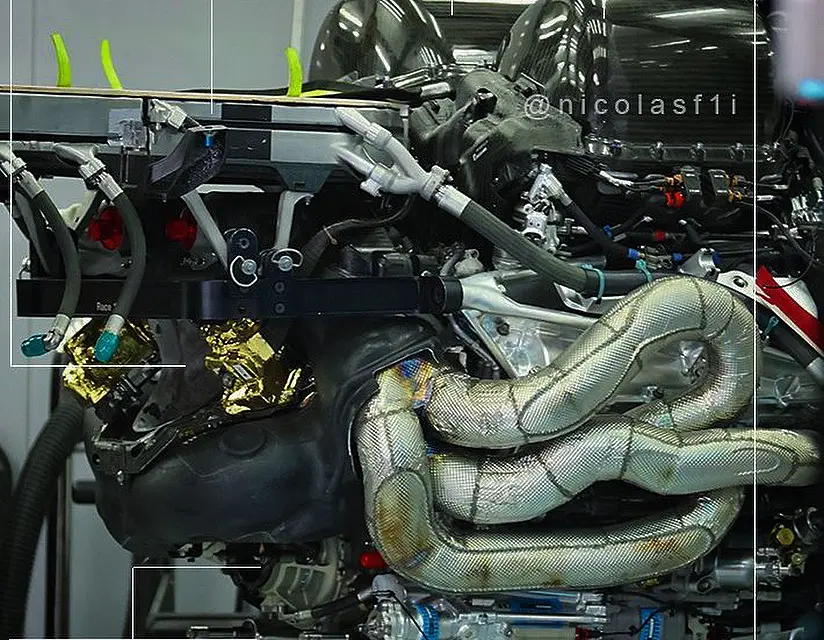
To assist this process come the variable-length intake ducts which in any case are standard on all F1 engines and which have the purpose of optimizing the volume of incoming air referring to the load and torque required. These instruments have been made more compact on the M12E thanks to an ingenious snail shell geometry.
The very tense technical challenge between Honda and Mercedes had two key moments. The first occurred in France, when Sakura brought the second spec which allowed Red Bull to obtain more power. Honda fixed some small issues on the reliability front and this had very significant effects on the performance of the RB16B which won at Paul Ricard and absolutely dominated in the Austrian back-to-back.
In Brixworth they did not rest and they replied, between Silverstone and Hungary, with the power release we told you about, in an exclusive background that emerged from the analysis of Lewis Hamilton‘s on-board (read more here). In analyzing the camera cars and team-radio of Brackley’s cars, it turned out that the higher mapping of the endothermic component used during all the races held up to Budapest was the “STRAT 5”.
At the Hungaroring, for the first time, Mercedes was able to count on extra power in at least three key moments of the race: in the final phase of the first stint, out of the pits after the second stop and in the hot moments of the duel with Fernando Alonso. This is the proven proof that now the Three-pointed Star’s powertrain can use more power, thanks to the “STRAT 4” mapping, than it used in previous races.
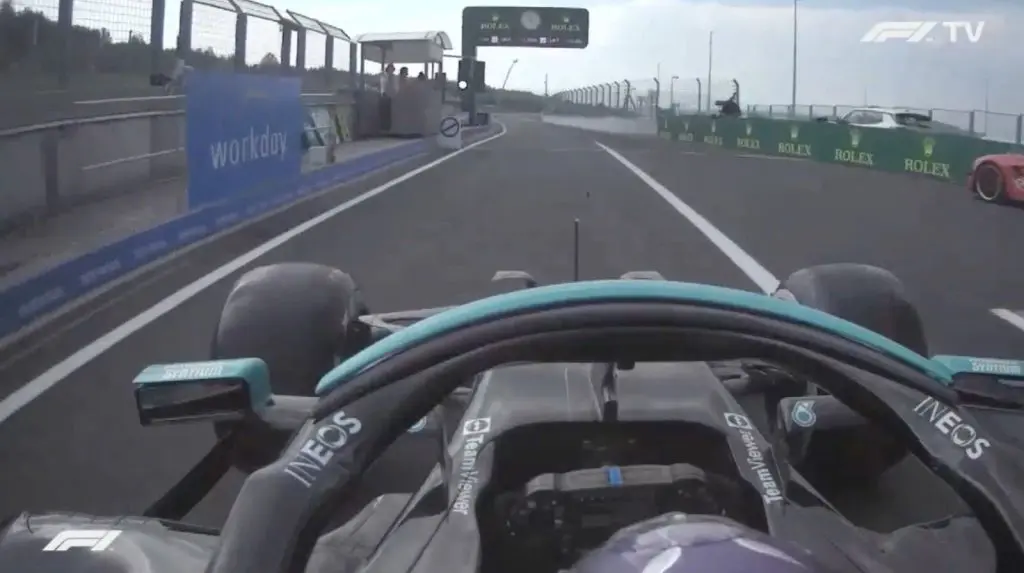
The result of this new configuration of the endothermic part is a greater progression out of the slow turns. The W12 is now the car that travels between two turns in the shortest time. Evidence supported by the telemetry data that we constantly provide in our analysis of the race weekends. Furthermore, as anticipated yesterday (read here), Mercedes also intends to make some changes in the settings on the hybrid part to get even more power and driveability from its extraordinary V6.
So does the balance tip again on the side of the Germans? Be careful to say this because Honda has another surprise in store. Indeed, it has already introduced it. Let’s see. We must return to the summer break when the engineers, unlike the auto departments, were able to operate. Honda then worked on an upgraded battery which is meant to produce better engine performance. Something they could do since they started the season with the 2020 battery specification. In short, the Big H had the option to spend a token on this side. And they did.
The new component was proposed in Belgium and, of course, was also used in subsequent races. But it was only in Monza that the confirmation of its use was obtained. This new battery pack offers better performance and, at the same time, has a significant weight reduction. Which contributes to enhancing the performance of the chassis thanks to the possibility of better distributing the weight by means of ballast.
Yasuaki Asaki, head of development of Honda’s power units, admitted that this new battery was developed in a large project that took several years of work and aimed to combine energy efficiency improvements with significant weight reductions.
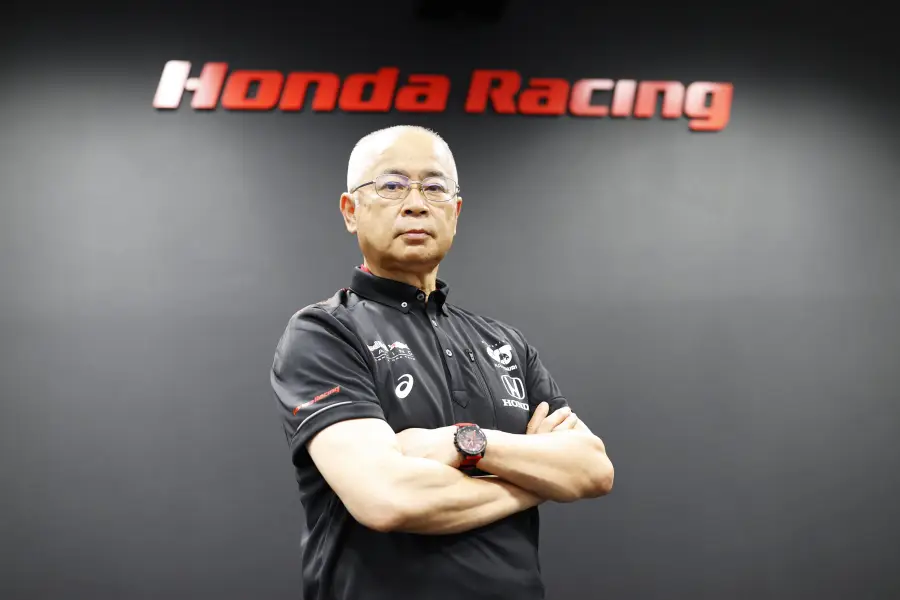
Honda has therefore succeeded in introducing a lighter, low resistance, highly efficient and very high power energy accumulator for the second part of the season. Asaki‘s stated goal is to defeat Mercedes and win the F1 championship. Precisely to succeed in this titanic undertaking, the development plan of the new power unit scheduled for 2022 has been substantially brought forward by a year.
What can be said about this new element that could play a decisive role in the fight for the title? First of all, it is worth remembering how the technology relating to the components of an F1 engine is always very difficult to decipher. Information is scarce and technicians are jealous of their trade secrets. Then, if we go to talk specifically about the hybrid part and the batteries, confidentiality reaches maximum levels.
The external companies that deal with these devices, despite having a huge development and being at the forefront in the electronic-hybrid field, hardly make their innovations public. This is because the publication of a patent, obviously covered by secrecy, would involve offering a competitor the possibility of accessing the results of a long work.
This is why each F1 team has a department that deals exclusively with designing, producing and assembling these technologies, using only in certain cases external manufacturers for support or a partnership. This also happens to avoid having the same material available to other stables; which would make the competitive advantage over opponents less evident.
F1. Having completed the necessary premise, what are the fields where the Red Bull technicians have worked to increase the performance of the batteries?
One of the elements on which we can try to raise hybrid performance undoubtedly concerns the software that manages the energy supply, obviously in compliance with the limitations imposed by the regulation relating to capacity and energy transfer. In addition to this, during the last few seasons, Japanese engineers have pushed ferociously to produce an improvement in the technology related to the cells that make up the batteries in order to maximize the charging, maintenance and energy transfer phases. All this added to a specific study on a special wiring.
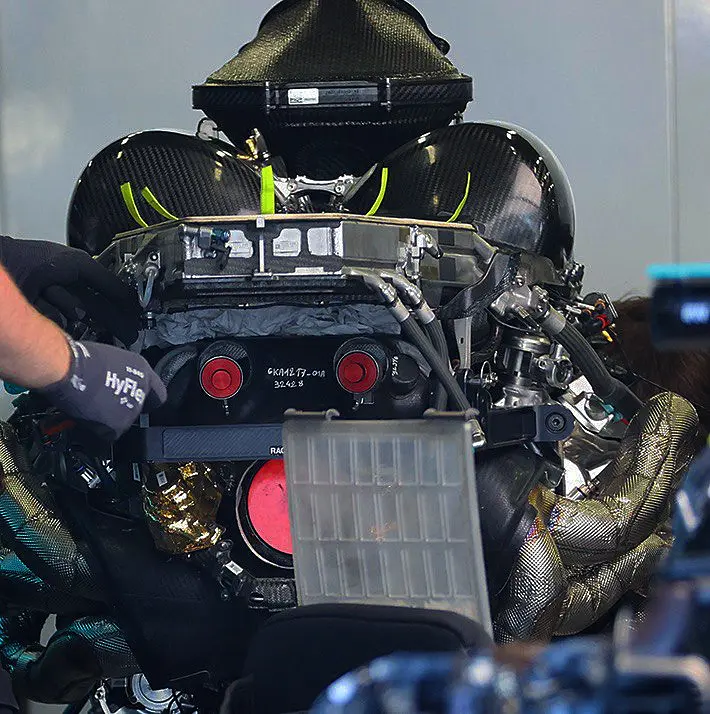
Another point where the Japanese experts have squeezed their minds concerns the cooling of the battery pack. The objective of keeping the operating temperatures low to limit the dissipation of energy during the transfer to the motor generator and, consequently, increase the efficiency of the hybrid system, was achieved through the use of particolar, with different viscosity, coolants which have allowed the use of more compact and light weight refrigerant components.
Here is another element intervening in the endless poker game between Red Bull and Mercedes that could further shift the inertia in Milton Keynes‘s favor. Now we need to understand how much extra power the power unit of the Three-pointed Star will develop, which could benefit from more pushed hybrid mappings. The track will say it and Sochi, if the weather conditions allow it, will be yet another test bench in an exciting technical challenge.
Authors:
Alessandro Arcari – @berrageizf1Diego Catalano – @diegocat1977
Translation by: Patrizia Campanella
Foto: Nicolas Carpentiers – @NicolasF1i – Mercedes AMG F1 Team, Red Bull Racing Honda

